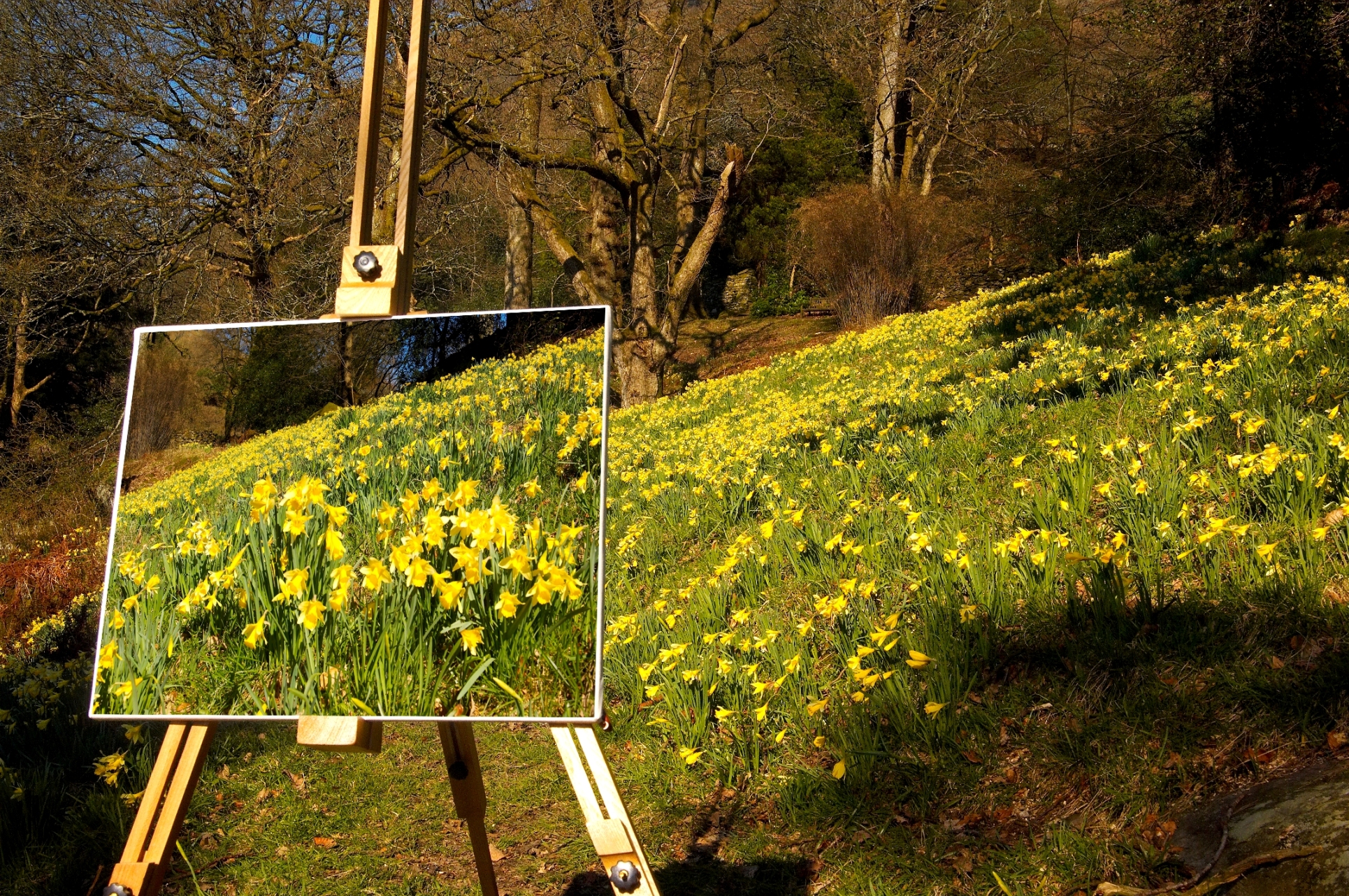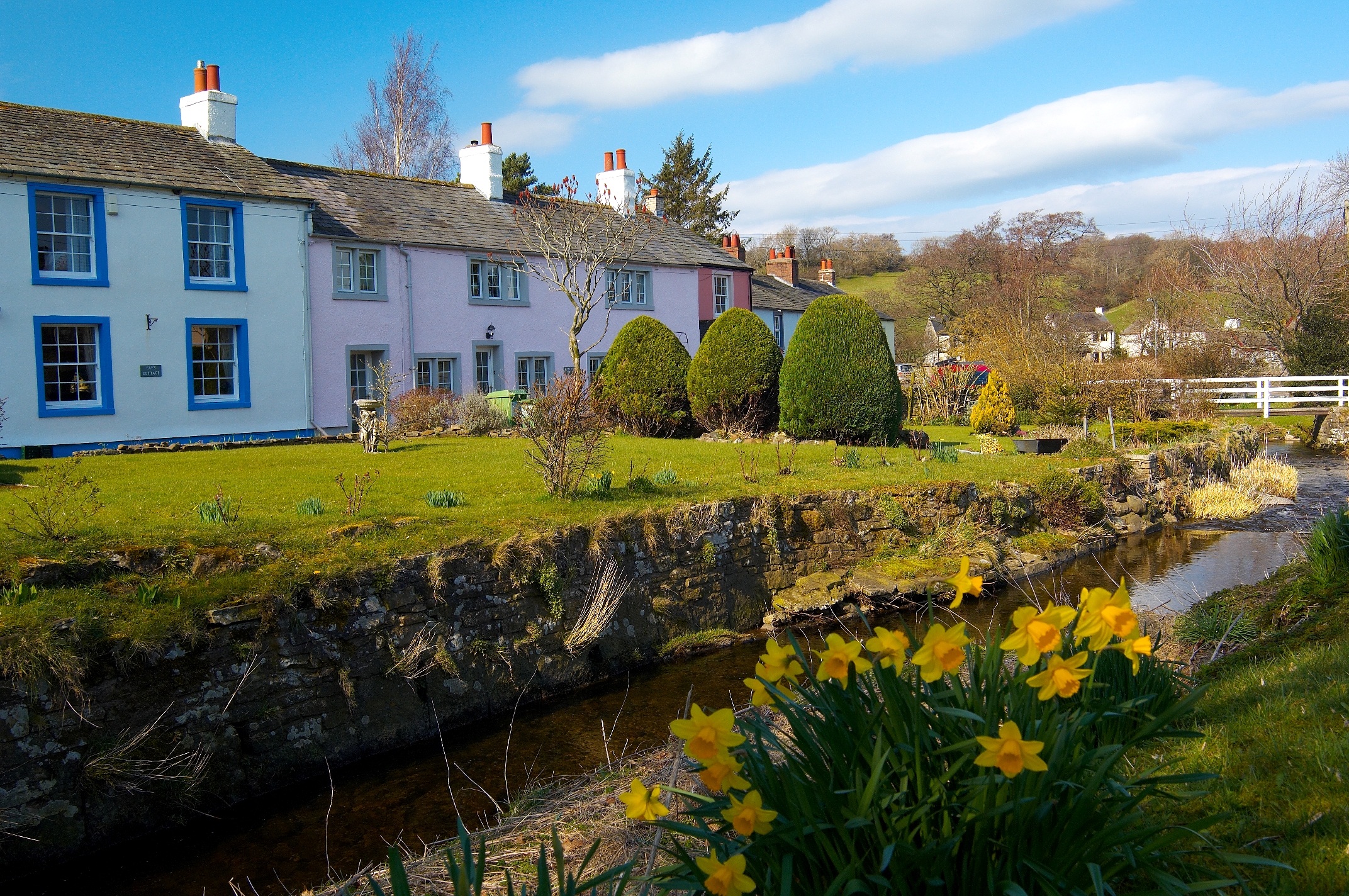An interesting stop in Cumbria, perhaps for a pub lunch, is Caldbeck which means cold stream. Its best known inhabitant was John Peel (1776-1854) the hunter not the BBC’s much-loved DJ. The C18th Peel is the subject of the famous song, D’ye Ken John Peel, sung by every C20th school child.
John Woodcock Graves, a woollen-mill worker, wrote the verse. He possibly wove the very same grey cloth that made John Peel’s hunting coat. Peel was a notable character. He eloped with his bride to Gretna Green. There the pair married and later had 13 children!
We hear about Peel today in the song which tells of his love of hunting. In traditional Lakeland style, Peel often followed the hounds on foot. The organist at Carlisle Cathedral, William Metcalf, composed the music.
Today the Cumbrian sport of Hound Trailing still has a healthy following. The Hound Trailing Association has over 500 members. The sport is carried out over the season from April to October. Spectators are welcome at HTA events.
History of Caldbeck
The church, dedicated to St Kentigern, dates from the C12th. St Kentigern preached at Caldbeck in 553 on the way from Scotland to Wales. There are hunting horns near the door of St Kentigern’s church to mark the grave of John Peel who died falling from a horse. The handsome C18th rectory overlooks the church and has Gothic windows. The church benefited from restoration in 1932. In the middle of the village, in Midtown, there are C18th cottages.
There is a pretty stone bridge leading to Friar Row, where there are cottages with slate roofs dating from 1800. In the C6th there was a hospice, a resting place for travellers, here deep in Inglewood Forest. The settlement was on the route to west Cumberland, and busy with travellers needing a safe resting place. Those who enjoy walking might enjoy the walk from Keswick to Caldbeck. For more information about walking in Cumbria please visit the Ramblers and more walking here also.

In the C16th German miners mined copper and silver here for coins. Mining of some metals, lead, barium and tungsten, continued into the C20th.
In the industrial revolution, the area produced many of the bobbins for the Yorkshire and Lancashire wool and cotton mills. It is likely that the local Caldbeck Woolen Factory at Hodden Croft made the grey cloth for Peel’s coat so grey. The area is now a farming area.

